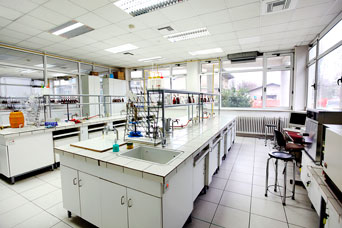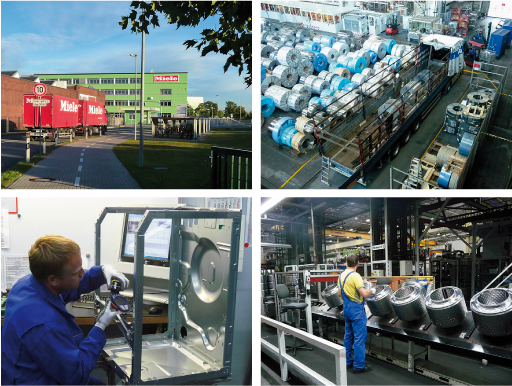Types of economies of scale (2)
Activity 20
Read each case study below and then, by dragging the labels, match each case study to the correct type of internal economy of scale.



Using the following two lists, match each numbered item with the correct letter.
Increased dimensions
Indivisibility
Specialisation
a.Example C
b.Example B
c.Example A
- 1 = c
- 2 = b
- 3 = a
Answer
Example A is a case of economies of increased dimensions because of the geometric relationship between volume and surface area. For instance, consider two tanker ships: the first a ‘coastal tanker’, 200 m long, 30 m wide and 16 m deep; the second an ultra large crude carrier (ULCC) with dimensions double the length: 400 m long, 60 m wide and 30 m deep. The volume (length × width × depth), increases from 96 000 to 720 000 cubic meters. A doubling of dimensions would increase the cost of construction, however, the volume of goods that can be transported has increased by a factor of more than seven. If the firm can increase its output to fill larger and larger carriers, then the average cost of transport falls.

Example B is a case of indivisibility. Investment in R&D is considered indivisible because it requires significant investment to yield results, and it is difficult to operate R&D below a minimum scale. As output increases, the costs of doing R&D are spread over a greater output, so average cost falls.
Example C is a case of specialisation. At Miele, the washing machine production process is divided into different stages. Workers train on particular stages, for instance, some are forklift drivers and some are engineers making sure equipment operates efficiently. Others focus on stages in the final assembly, checking different components of washing machines and distribution of goods. This type of specialisation would be expected to reduce average cost as the firm’s output increases. As output increases, workers can become more and more specialised, and so the efficiency of the production process increases and results in falling average cost.
